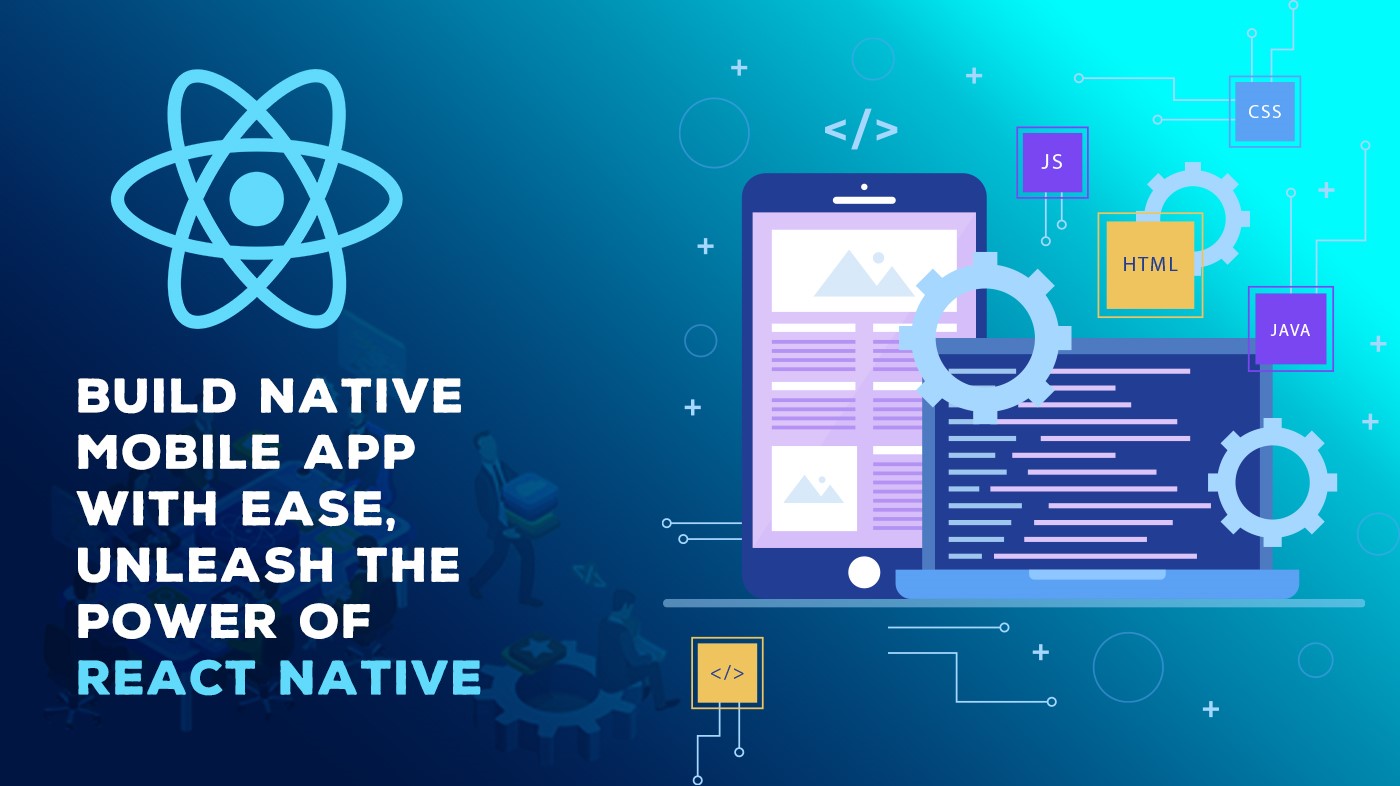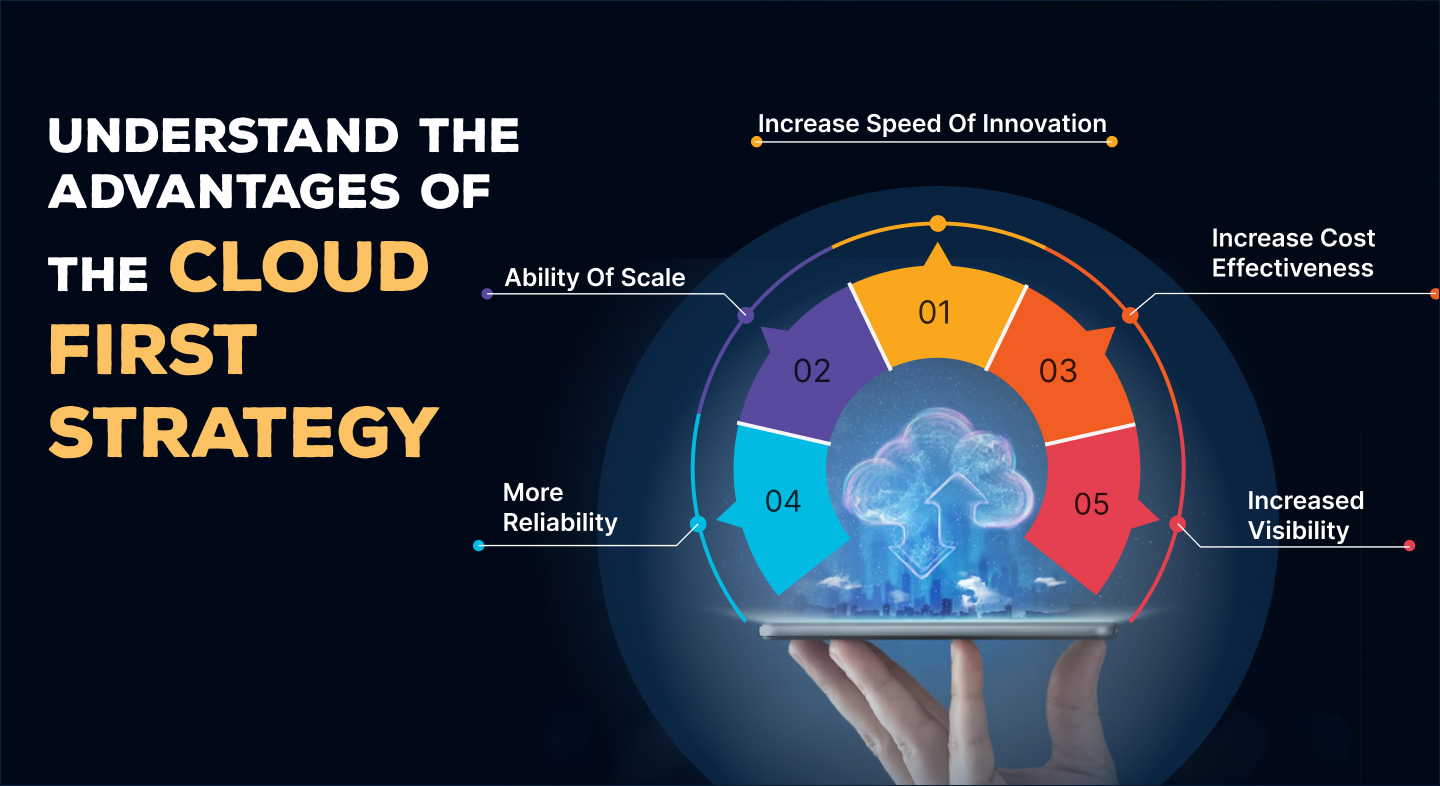Machine learning is a rapidly advancing technology that has the potential to revolutionize how we interact with the world around us. As machine learning continues to grow, so too does the need for the right programming languages to enable this technology. Programming languages are at the heart of machine learning and play an essential role in its development. From helping to create models that can process data to developing algorithms to interpret results, programming languages are a critical component for any machine learning project.
Data Preprocessing
When it comes to programming languages for data preprocessing, Python is a popular choice. It has a range of libraries that are designed for data preprocessing tasks. These libraries offer features like data wrangling and manipulation, feature engineering, and visualization. They are designed to make data preprocessing easier and faster for developers. Other programming languages such as R, Java, and Scala can also be used for data preprocessing tasks.
Data Visualization
In terms of programming languages, Python has become the language of choice for Machine Learning due to its wide array of powerful libraries and its ease of use. Python makes it easy to generate visualizations, allowing us to explore data quickly and effectively. Libraries such as Matplotlib and Seaborn make it simple to create basic plots such as line charts, scatter plots, and bar charts. There are also more complex visualizations such as heat maps, word clouds, and 3D scatter plots which can be created using packages such as Bokeh and Plotly.
No matter which visualization tool you choose, data visualization is an essential part of any Machine Learning project. Visualizations allow us to quickly and easily identify patterns in our data, allowing us to make informed decisions about our models. With the help of Python, creating powerful visualizations has never been easier.
Model Building
When it comes to model building, the most important factor is the ability to develop an algorithm that can accurately predict outcomes based on input data. To do this, programmers must select features from the dataset and use them to create a model that can accurately determine relationships between the input data and the target variables.
Some of the most commonly used machine learning algorithms include logistic regression, decision trees, random forests, support vector machines, and neural networks. Each algorithm has its own set of advantages and disadvantages, so it’s important to understand which one will work best for your problem.
In addition to understanding which algorithm to use, it’s also important to understand how to build the model. This involves selecting the right libraries and packages for your language, setting up the environment for training, preparing the data for use, and implementing the model itself.
Once you have built a model, it’s important to evaluate it to ensure that it performs well on unseen data. Evaluation metrics such as precision, recall, and accuracy are used to assess a model’s performance. By making sure that the model is performing well on test data, you can make sure that it is ready for deployment.
Model Evaluation
When evaluating a model, it is important to consider the data that was used in training and testing. Different datasets can have different properties, which can have a large effect on the performance of a model. Furthermore, the complexity of a problem can influences the efficacy of certain models, so it is important to consider the problem type when selecting an evaluation model.
Once a model has been trained and tested, it is important to compare its performance with the performance of other models on similar tasks. This can be done by plotting the results of each model on a graph or table. The results should be compared to each other to identify the best-performing model.
Lastly, it is important to consider the context of the model evaluation. Different problems may require different evaluation criteria, so it is important to consider the problem context when selecting an evaluation metric and analyzing the results.
In conclusion, model evaluation is an important part of the machine learning process. It helps to identify any potential problems with a model and provides feedback for further optimization. Careful consideration of the data and problem context must be taken when selecting an appropriate evaluation metric. Comparing the results of multiple models can provide useful insights into the strengths and weaknesses of each model.
In Summary
Overall, the use of programming languages in machine learning is essential for developing and running applications. Different languages offer different levels of complexity when it comes to developing a machine-learning model. Python, C++, and JavaScript are some of the most popularly used programming languages for machine learning that provide an easy-to-understand platform with robust performance capabilities. Machine Learning can be difficult and complex but having a good understanding of these various programming languages will make your life easier when attempting to work through a project or task.










